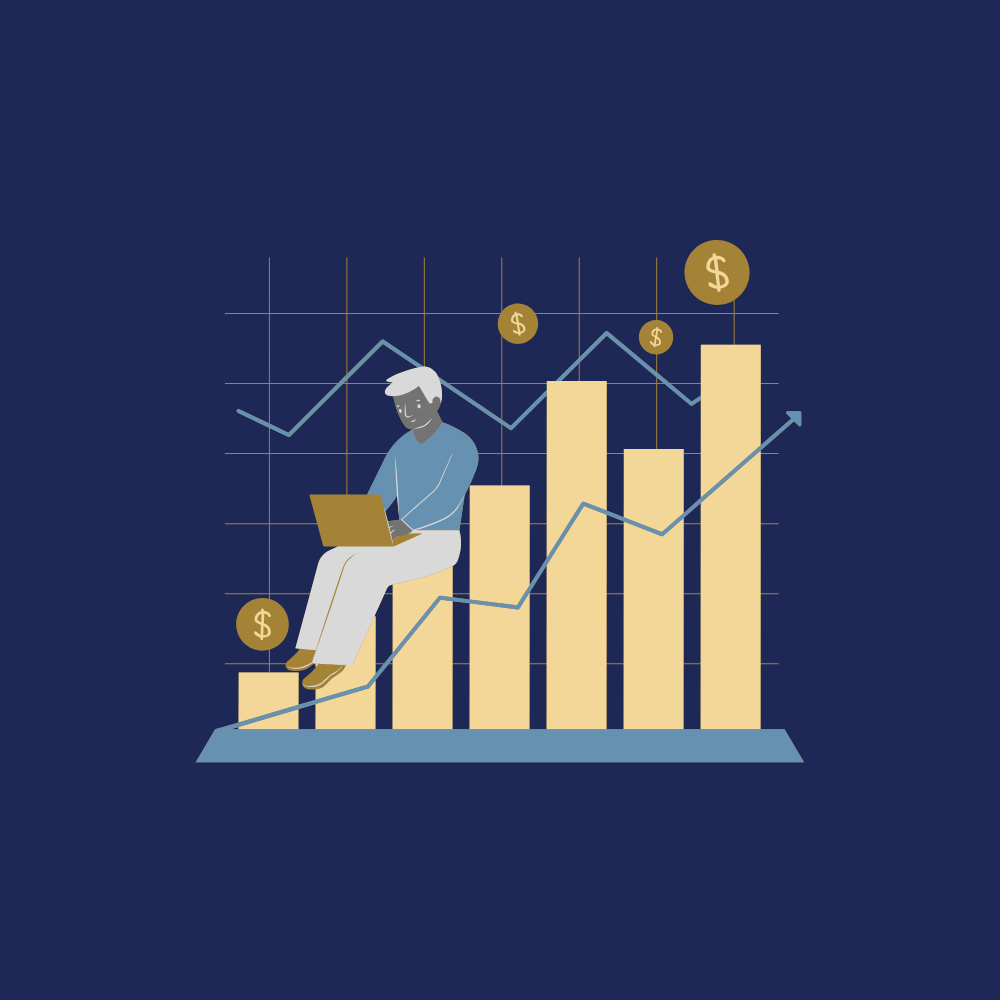
Are you new to investing and wondering what is the difference between stocks and bonds? Are you also wondering which one to invest in? Stocks and bonds make up the backbone of most investment portfolios, and each one offers different risks, returns and market behaviors. Both instruments seek to grow your money, but as we’ll see below, the way they do it and the returns they offer are very different.
Stocks
Stocks are part of a very special type of ownership system, where each stock – also known as a share or equity – represents partial ownership in a publicly listed company. (i.e. a company whose stock is listed and traded on a public stock exchange) When you buy stock, you’re purchasing a tiny slice of the company, and the more shares you buy, the more of the company you own.
The Dutch East India Co. is considered to be one of the first companies to offer shares of its business to the public in August 1602. Often referred to by the acronym VOC, short for its Dutch name Vereenigde Oost-Indische Compagnie, the company was granted a 20-year monopoly on trade with the East Indies, plus sovereign rights in any newly discovered territories. It was one of the biggest companies of its time, until it collapsed in 1799 due to costs, corruption and competition.
Investing in company stock can provide returns in two forms – dividends and capital gains:
- Dividends: Companies will periodically distribute their profits to their shareholders in the form of a dividend. Each outstanding stock will receive the same dividend payment, so the more stock you own, the more dividends income you will receive.
- Capital gains: Companies often reinvest their earnings to grow the company to (hopefully) increase their revenue, their profits and subsequently the value of the company. If this strategy works, the value and the price of the company’s stock will increase.
It’s important to note that positive returns on your stock investments require that the company makes a profit (dividends), and/or the company is, or is showing the potential to grow (capital gains). However, stock prices are also influenced by a myriad of other factors, including economic data, political data, and just about anything else! As we’ll see below, this is why stocks are considered more risky than bonds.
Bonds
Bonds are essentially IOUs from a company or government in exchange for a repayment with interest. There’s no equity involved, you are simply lending money. The duration of bonds can range from a few days to 30 years, and the interest rate, also called the “yield”, will vary depending on the type, duration, and issuer of the bond. The big advantage of bonds is it will “lock in” a certain rate of return no matter what the market does.
Bonds are considered much safer than stocks, but they aren’t entirely risk-free. If the company goes bankrupt during the bond period, you’ll stop receiving interest payments and may not get back your principal. That is why the rating of the bond issuer – the government or company you’re buying the bond from – is so important. For example, The S&P Global reported that bonds rated AAA, AA, A, had a maximum one-year default rate of 0%, 0.38%, 0.39%, versus BB, and B of 4.22%, and 13.84%, respectively.
Bond example:
Suppose you buy a bond for $3,000, which pays 2% annual interest for 10 years. That means you’d receive $60 in interest payments annually. After 10 years, you would have earned $600 in interest, and you’d get back your initial investment of $3,000, too.
So, should I invest in stocks or bonds?
The choice of investing in stocks or bonds is completely personal, and depends on your individual risk tolerance, investment goals, and time horizon. However, one important factor is age. Young investors normally have a longer time horizon; they can wait for companies to develop and grow, and as a result, see a rise in their stock value. Older clients may have more short term financial needs, and want to count on a steady stream of interest income without the risk of a possible drop in the market.
In fact, an investment advisor will often recommend a mix of both stocks and bonds to provide a well-diversified portfolio. Diversification is one of the most common strategies to maximize returns while decreasing risk. As a result, a conservative portfolio will have more bonds, while a more aggressive investor will want more stocks.
Stocks or Bonds – What would you do?
A portfolio comprising 100% stocks is more likely to provide a higher return in the long term, but almost twice as likely to end the year with a loss than a portfolio of 100% bonds. Considering your timeline, are you willing to weather those downturns in exchange for a higher return over the long term?
Professional Advice with Harrison Brook
By understanding the key differences between stocks and bonds, you can already begin to understand how to build a portfolio that aligns with your financial goals. However, if we start to include the myriad of securities selections, as well as tax implications, things can get very complicated, very fast. If you’re unsure about which investment is right for you, consider consulting with a financial advisor at Harrison Brook. We have the knowledge and experience to help you optimize your investments in a safe and secure way, no matter if you live in the US or overseas. Harrison Brook is here to assist you with your financial needs, so don’t hesitate to book a meeting with us.



